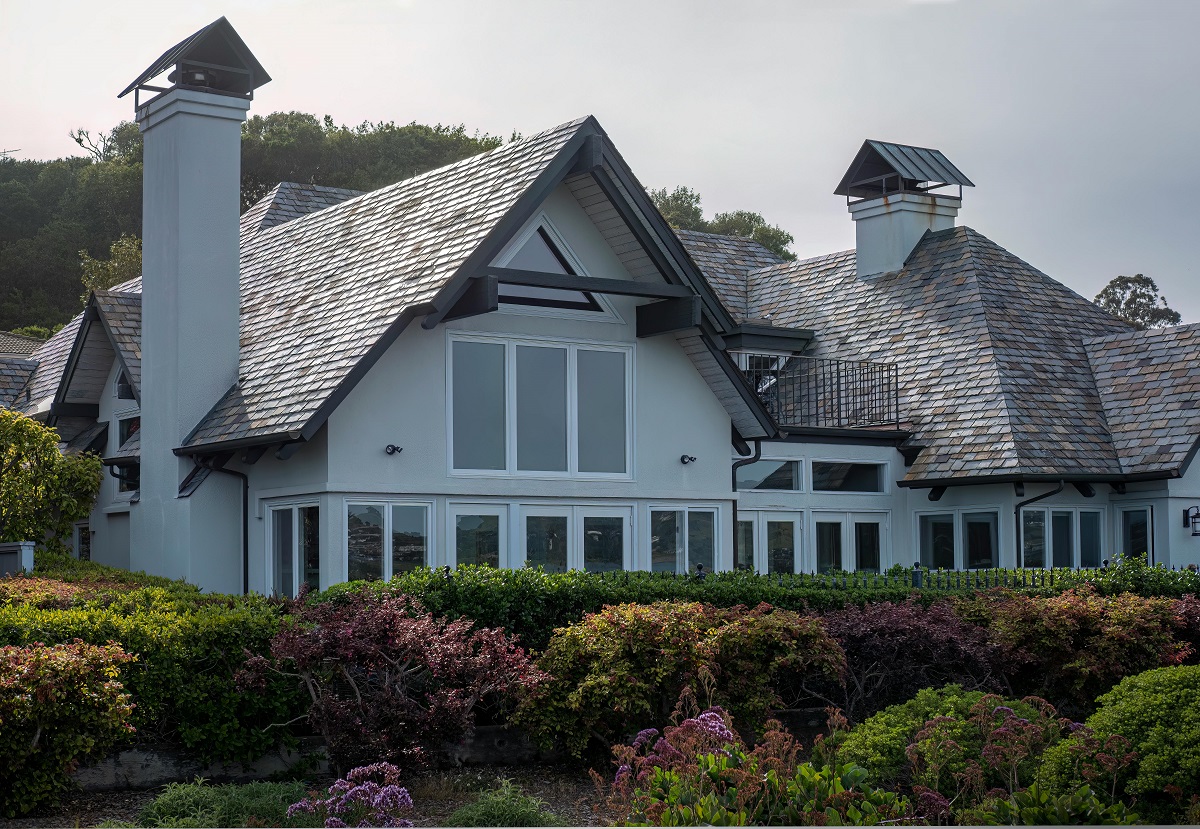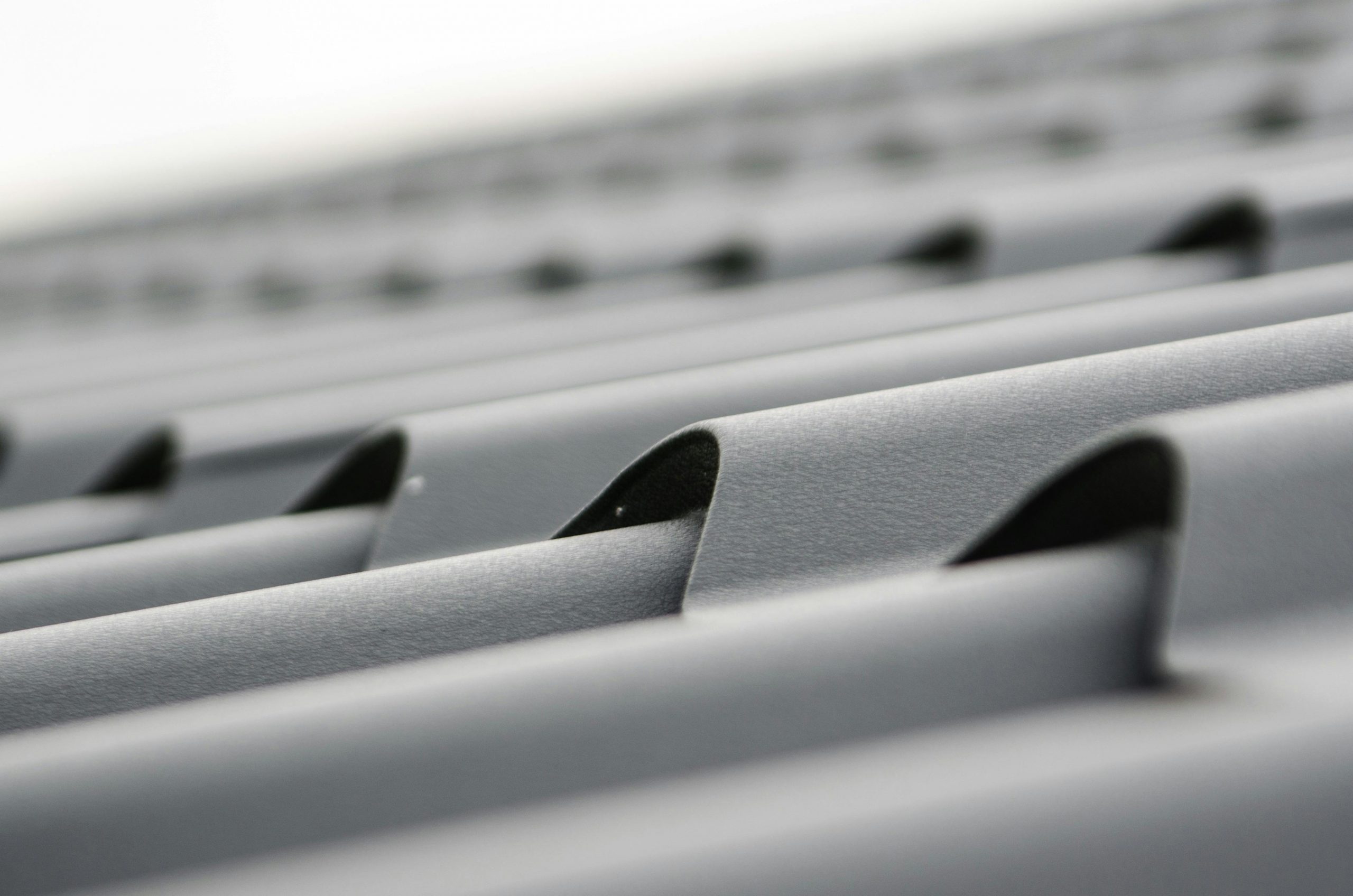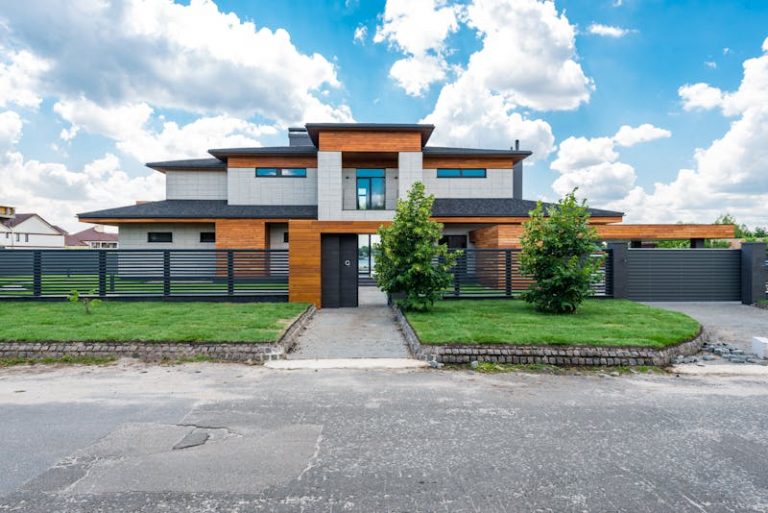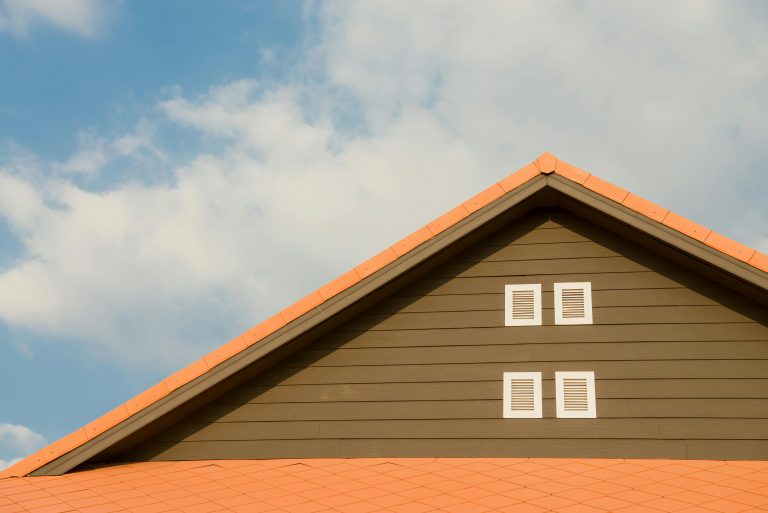

When it comes to improving your home’s exterior, many homeowners focus on landscaping, paint colors, and front doors. While those are important, one of the most powerful ways to make a lasting impression is through your roof. The right roof style can completely transform your curb appeal, elevate your property’s value, and give your home a distinct personality. In this guide, we’ll explore the most popular roof styles, what makes them unique, and practical tips for selecting the perfect design.
Why Roof Styles Matter
Your roof is more than just a protective cover. It defines the shape, style, and overall aesthetic of your home. While siding and landscaping are customizable, the roof is often the first thing people notice from the street. A thoughtfully chosen roof style can make even a simple house appear elegant and well-designed.
- It frames your home’s architecture.
- It provides structural balance.
- It impacts your home’s energy efficiency.
- It contributes to long-term durability.
Choosing the right roof style is an investment that can transform your curb appeal and help your property stand out in your neighborhood.
What Are the Most Popular Roof Styles?

Choosing the right roof style is not just about appearance—it can affect your home’s functionality, energy efficiency, and overall value. Each roof style has unique characteristics that cater to different architectural designs, climates, and homeowner needs. Here’s a detailed breakdown of the most popular roof styles and what makes them stand out.
1. Gable Roof
Gable roofs are among the most recognized and widely used roof styles. They consist of two sloping sides that meet at a central ridge, forming a triangular silhouette. This simple yet classic design has been a favorite for centuries due to its versatility and ease of construction.
Pros:
- Excellent water and snow drainage: The steep slope allows rain and snow to slide off easily, reducing the risk of leaks and structural damage.
- Provides extra attic space: The triangular design often allows for a spacious attic, which can be used for storage or additional living space.
- Works well with most home styles: From cottages and colonial houses to modern suburban homes, the gable roof complements a wide range of architectural designs.
- Cost-effective: Its straightforward construction generally makes it more affordable than more complex roof styles.
Cons:
- Vulnerable to strong winds: If not reinforced properly, gable roofs can be susceptible to wind damage in storm-prone areas.
- Limited architectural uniqueness: While classic, the design may appear too simple for modern or highly customized home aesthetics.
Best for: Homes in regions with moderate to heavy rainfall or snow, homeowners looking for a cost-effective roof with a traditional look.
2. Hip Roof
Hip roofs feature slopes on all four sides that converge at the top, creating a ridge or pyramid-like shape. They are commonly found in ranch-style, colonial, and Mediterranean-inspired homes. The uniform sloping design offers both strength and visual symmetry.
Pros:
- Stronger and more stable: The inward slopes provide structural stability, making hip roofs more resistant to wind and uplift forces.
- Great for hurricane-prone areas: Their aerodynamic shape reduces wind damage in regions with strong storms.
- Extended eaves: Hip roofs often include overhanging eaves, which provide shade, protect exterior walls, and reduce water runoff near the foundation.
Cons:
- More complex construction: Building a hip roof requires precise framing and more materials, which can increase costs.
- Less attic space: Unlike gable roofs, the slopes reduce usable attic area, limiting storage or additional room options.
Best for: Homeowners seeking a durable, elegant roof that performs well in high-wind areas and complements symmetrical home designs.
3. Mansard Roof
Originating from French architecture during the 17th century, mansard roofs are a hallmark of elegance and sophistication. Each side has two slopes: a nearly flat upper slope and a steep lower slope, often with dormer windows for additional light and space.
Pros:
- Maximizes usable attic space: The steep lower slope allows for a full upper floor or expansive attic space, often used for bedrooms, offices, or storage.
- Adds sophistication: Mansard roofs are visually striking and often associated with French-inspired or upscale urban homes.
- Flexible design options: The roof accommodates dormer windows, decorative moldings, and varied roofing materials.
Cons:
- Higher installation costs: The complex design and additional materials increase construction expenses.
- More maintenance required: The steep lower slopes and multiple angles can make repairs more challenging over time.
Best for: Homeowners looking for a luxurious or historical aesthetic with additional interior space, and those willing to invest in long-term maintenance.
4. Gambrel Roof
Gambrel roofs are often associated with traditional barns, but they also appear in colonial and Dutch-style homes. They are similar to mansard roofs but only have two slopes per side: a shallow upper slope and a steeper lower slope.
Pros:
- Extra interior space: The steep lower slope creates a roomy attic or loft space, ideal for storage or living areas.
- Classic charm: Gambrel roofs provide a traditional, rustic aesthetic that can enhance a home’s character.
- Distinctive profile: Their unique silhouette makes homes stand out in neighborhoods dominated by gable or hip roofs.
Cons:
- Not ideal for high-wind regions: The steep slopes can catch strong winds, making them less suitable for hurricane-prone areas.
- Higher maintenance: The sharp angles and multiple joints may require more frequent inspections and repairs.
Best for: Historic or colonial-style homes, properties seeking extra attic space, and homeowners who want a classic, iconic look.
5. Flat Roof
Flat roofs are almost horizontal, with a slight slope for drainage. While common in commercial and modern architecture, they are increasingly seen in contemporary residential designs, especially for homes emphasizing minimalism.
Pros:
- Usable rooftop space: Flat roofs can serve as terraces, rooftop gardens, or recreational spaces, offering extra living areas.
- Easy inspection and maintenance: With safe access, homeowners or professionals can perform regular checks and minor repairs more conveniently.
- Compatibility with solar panels: The flat surface is ideal for solar installations, maximizing energy efficiency.
Cons:
- Drainage challenges: Poor slope or clogged drains can lead to water pooling, leaks, and structural damage.
- Shorter lifespan in heavy rainfall areas: Flat roofs require high-quality materials and regular maintenance to avoid water-related issues.
Best for: Modern and minimalist home designs, homeowners interested in rooftop living spaces, and areas with minimal rainfall.
6. Shed Roof
Shed roofs consist of a single sloping plane, often used for home additions, studios, or contemporary houses. Their simplicity and versatility have made them popular in modern architecture.
Pros:
- Simple and cost-effective: Easy construction reduces labor and material costs.
- Maximizes natural light: The single slope allows for large windows, skylights, and clerestory designs that brighten interiors.
- Easy maintenance: Minimal joints and simple structure make upkeep straightforward.
Cons:
- Limited attic or storage space: Unlike gable or mansard roofs, shed roofs offer minimal overhead space.
- May look less traditional: For classic or historic homes, the modern look might feel out of place.
Best for: Contemporary homes, studio additions, or homeowners seeking energy-efficient designs with plenty of natural light.
How to Choose the Right Roof Style
Selecting a roof style involves more than aesthetics. Here are some factors to consider:
- Climate: Certain roof styles handle wind, rain, or snow better than others.
- Home Architecture: The roof should complement the overall style of your home.
- Material Compatibility: Some materials work better with specific roof designs.
- Budget: Complex roof styles may increase labor and material costs.
It’s also wise to consult professionals. For instance, if you’re considering an expert roof replacement, they can provide guidance on which styles are best suited for your home’s structure and local climate.
Materials That Enhance Your Roof Style

Roof materials can dramatically affect both the appearance and performance of your roof. Popular options include:
- Asphalt Shingles: Affordable, versatile, and easy to install.
- Metal Roofing: Durable, energy-efficient, and great for modern designs.
- Clay or Concrete Tiles: Adds a Mediterranean flair with long-lasting durability.
- Wood Shingles or Shakes: Classic look with natural appeal, though requires more maintenance.
- Slate: High-end, long-lasting, and visually striking but costly.
Choosing the right material to complement your chosen roof style is crucial for both aesthetic impact and longevity.
Can Your Roof Transform Your Curb Appeal?
Absolutely. Even minor updates can make a huge difference. For example:
- Replacing an old, worn-out roof with a new material and style can instantly rejuvenate your home’s exterior.
- Matching roof colors with siding, trim, and landscaping improves overall harmony.
- Adding architectural elements like dormers or decorative ridges creates a unique look.
Remember, a well-chosen roof style does more than protect your home; it transforms your curb appeal in ways that other exterior updates often can’t.
How to Budget and Plan for a Roof Upgrade
Before you hire a roofer, it’s important to plan carefully. Here’s a step-by-step approach:
- Assess Your Current Roof: Identify damage, wear, or structural issues.
- Research Styles and Materials: Consider what fits your home’s design and your personal taste.
- Request Estimates: Read a roofing estimate carefully to compare costs, materials, and timelines.
- Consult a Professional: An expert roof replacement ensures quality workmanship and adherence to local building codes.
- Plan for Extras: Include potential costs for gutters, insulation, or design enhancements.
By following these steps, you can avoid surprises and ensure your investment in a new roof pays off both aesthetically and functionally.
Frequently Asked Questions About Roof Styles
What Roof Style Is Best for Hot Climates?
Flat or metal roofs often perform best in hot climates because they reflect sunlight and can incorporate ventilation solutions to keep interiors cool.
Which Roof Style Offers the Most Interior Space?
Mansard and gambrel roofs maximize attic and upper-floor space, providing opportunities for extra bedrooms, lofts, or storage.
How Do I Know If I Need a Roof Replacement or Repair?
If you notice leaks, sagging, missing shingles, or signs of water damage, it may be time for an expert roof replacement. A professional assessment can help determine the right approach.
Can a New Roof Really Increase My Home’s Value?
Yes, a well-designed roof upgrade can boost curb appeal, energy efficiency, and resale value. Homes with modern, durable roof styles often attract more buyers.
How Long Does a Roof Last?
Lifespan varies by material and maintenance:
- Asphalt shingles: 20–30 years
- Metal: 40–70 years
- Clay/concrete tiles: 50–100 years
- Slate: 75–200 years
Regular inspections and maintenance are key to longevity.
Tips for Maintaining Your Roof Style
Maintaining your roof is just as important as selecting the right style. Here are some practical tips:
- Inspect Annually: Check for loose shingles, cracks, or water damage.
- Clean Gutters: Prevent water buildup that can damage roofing and foundation.
- Trim Overhanging Branches: Avoid damage from falling limbs.
- Schedule Professional Check-Ups: Hire a roofer for inspections after storms or extreme weather.
Routine maintenance ensures your roof continues to look great and function effectively.
Combining Style and Function
Your roof isn’t just a design feature; it’s a functional element that protects your home. The best roof styles balance visual appeal with performance:
- Steep slopes for heavy snow areas.
- Ventilation and insulation for energy efficiency.
- Durable materials for long-term protection.
Even subtle design choices, like accent ridges or decorative flashing, can make a roof stand out without compromising functionality.
Final Thoughts
Choosing the right roof style is one of the most impactful ways to transform your curb appeal. From classic gables to modern flat roofs, each option offers unique advantages in style, space, and durability. By understanding your home’s needs, budgeting wisely, and consulting professionals when needed, you can enjoy a beautiful, functional roof for years to come.
Remember, the roof is more than protection; it’s the crown of your home. Whether you’re planning an expert roof replacement, learning how to read a roofing estimate, or ready to hire a roofer, investing in the right roof style will elevate your home’s appearance and value. With careful planning and a bit of creativity, your next roof can truly be a statement piece that transforms your curb appeal.





